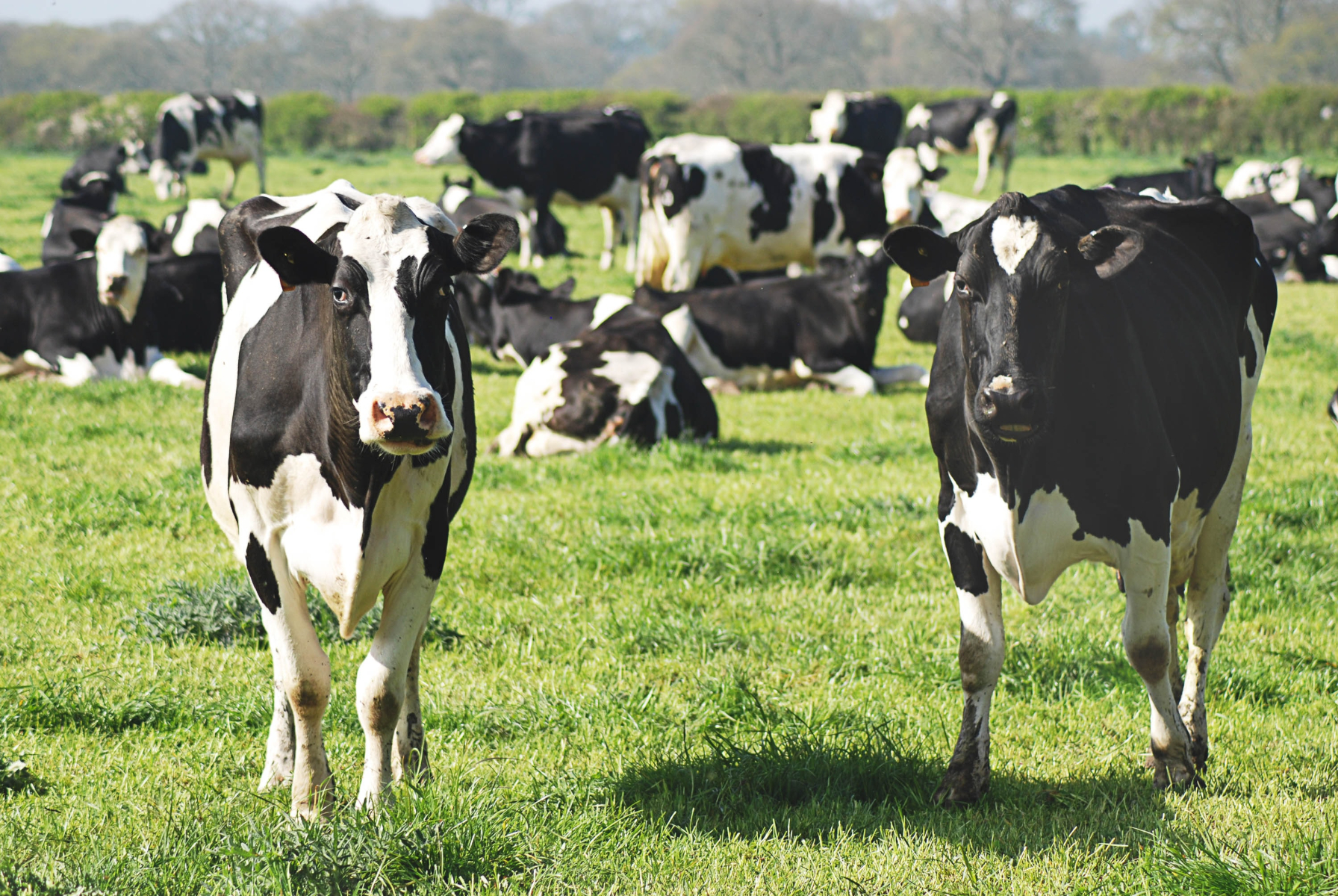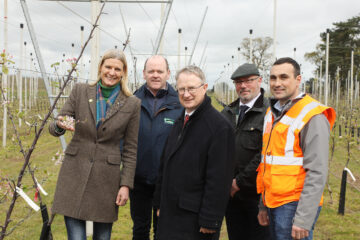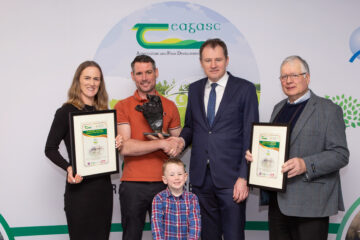A new report, by economists at Teagasc, estimates that average family farm income (FFI) in Ireland has increased by 20 per cent in 2021 as there has been higher farm output prices. Overall, price inflation for farm inputs has been more than offset by higher prices for most farm outputs leaving average family farm income for some farm systems at or close to record levels.
Dairy, Tillage and Sheep farms have experienced a significant increase in farm output prices in 2021. However, even though cattle prices increased in 2021, incomes on most Cattle farms are likely to be unchanged on the 2020 level, due to rising input prices and lower direct payments.
The agricultural sector as a whole has managed to avoid much of the disruption that has been a feature of the COVID-19 pandemic. However, the recovery in international economic activity has led to logistical challenges for the wider economy, along with some unexpectedly rapid and large increases in energy prices in 2021, particularly for natural gas. Crude oil prices have also risen considerably in 2021. At the farm level, feed, fertiliser and fuel prices, three of the main items in farm production costs, have all been on the increase in 2021.
Irish milk prices in 2021 have increased substantially relative to 2020, as have cattle, sheep and cereal prices. By contrast, pig prices have fallen in 2021 from the high levels recorded in 2020.
Irish milk production increased in 2021 by 6%. Higher yields meant that Irish cereal production increased in 2021, reflecting favourable production conditions. Pig production also increased, while cattle and sheep production remained relatively stable.
The average income on dairy farms is estimated to have increased by 28% in 2021. While milk production costs increased, the sector benefitted from a 16% increase in milk prices and a further increase in milk production in 2021. The average income on tillage farms is estimated to have increased by over 45%, reflecting an increase in cereal prices, cereal yields, straw receipts and the newly introduced Straw Incorporation Measure (SIM) in 2021.
High lamb prices were more than sufficient to cover the increase in production costs in 2021 and sheep farm incomes are estimated to have increased by 15%.
Following two years which had exceptional aid payments to the sector, the level of coupled direct support payments for cattle farms fell in 2021. The average income on cattle rearing (suckler) farms and other cattle (predominantly finisher) farms is estimated to have remained unchanged on the 2020 level. Higher beef cattle prices in 2021, were offset by higher production costs and the lower level of support on many cattle farms. Despite reduced levels of coupled direct support, in 2021 most cattle farms with a specialist cattle finishing enterprise, saw incomes increase.
The decline in pig prices in 2021, combined with a rise in feed prices, led to a fall in margins and pig farm incomes.
Market prospects for 2022 are dominated by cost pressures that have built up over the second half of 2021 and which will impact to a greater extent on incomes in 2022 than they did in 2021. Higher cereal harvest prices in 2021, will likely lead to a further increase in feed costs in 2022. The rise in oil prices in 2021, should be followed by a stabilisation at this higher level in 2022. However, this will mean that fuel prices in 2022 will average substantially higher than in 2021.
However, the greatest concern on the cost side for 2022 is the price of fertiliser. The high price of natural gas, a key ingredient in fertiliser production, has caused disruption to production in the international fertiliser industry this year. This escalation in natural gas prices is unprecedented and has been caused by a reduction in the supply of gas available on the European market, which is increasingly dependent on imports.
These very high natural gas prices, which have pushed up the cost of fertiliser production, are likely to persist into 2022. Fertiliser prices have risen to record levels as a result. Fertiliser prices and availability will therefore represent twin concerns for farmers next year.
Fertiliser prices in 2022 could be more than double their 2021 level and this may cause a reduced level of fertiliser usage. Grassland farmers may review their level of fertiliser usage in an attempt to offset some of the rise in production costs.
If lower fertiliser usage leads to a fall in grass production, farmers will need to carefully monitor silage and fodder stocks for the winter of 2022/23 and seek to avoid having to fill a shortfall of grass for grazing with extra concentrates. Tillage farmers will have less discretion in relation to fertiliser use, given the impact lower usage would have on tillage yields.
Significantly, higher production costs are forecast to be a feature across all sectors in 2022. Output prices are unlikely to adjust to fully reflect the increase in production costs and farm incomes in 2022 are therefore forecast to decline.
Irish farm output prices in most sectors were quite high in 2021 and relatively small positive output price adjustments are forecast in 2022 for pigs and tillage, in the range of 2 to 3 percent. Irish milk prices are not forecast to change in 2022, with only small changes in cattle prices anticipated. Sheep prices are forecast to be down 5% on their recent high level.
As a result, a sharp decline in incomes in grassland and tillage systems in 2022 is forecast. Average dairy income is forecast to fall by 16% in 2022, due to sharply higher production costs, with just a 2% increase in milk production forecast.
The higher cereal yields achieved in 2021 are unlikely to be repeated in 2022, with average tillage incomes forecast to fall by almost 35%. Average incomes on sheep farms are forecast to decline by 14%, reflecting somewhat lower sheep prices and higher production costs. Average incomes are also forecast to fall on cattle farms in 2022, with a decline of 31% in prospect for cattle rearing farms and a decline of 18% for other cattle farms. While pig prices should be higher in 2022, the benefit for farmers will be cancelled out by increased production costs, with margins to decline further.
The average farm income in 2022 is forecast to decline by 19%, but the outlook is extremely uncertain. The end outcome will depend on several factors, most notably, the impact the coming winter has on silage stocks, fertiliser market developments in the spring of 2022, the weather conditions that follow and the strategies farmers adopt in reaction to these external market circumstances.
Source: Teagasc



